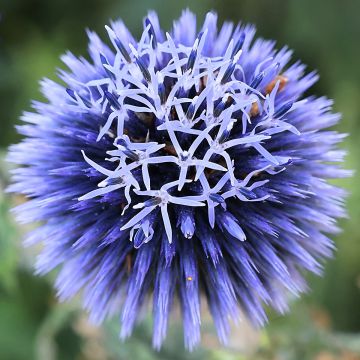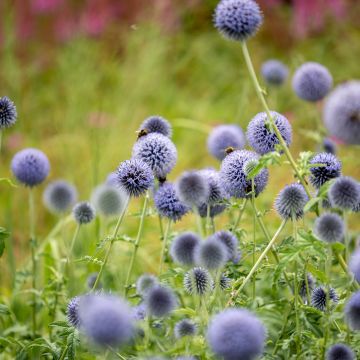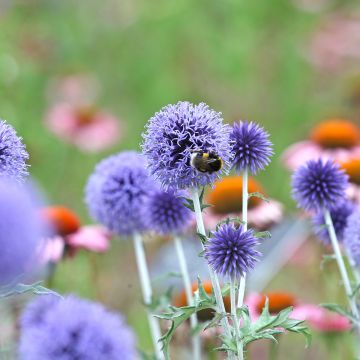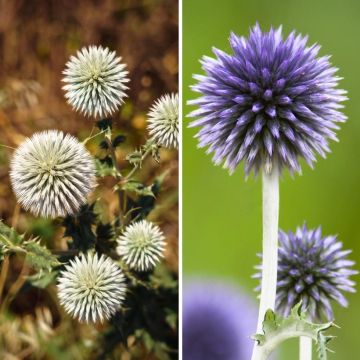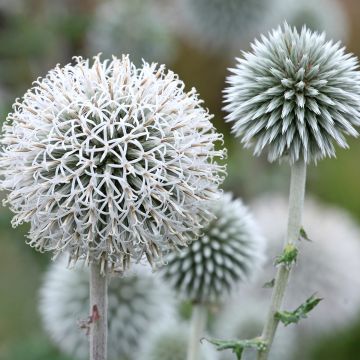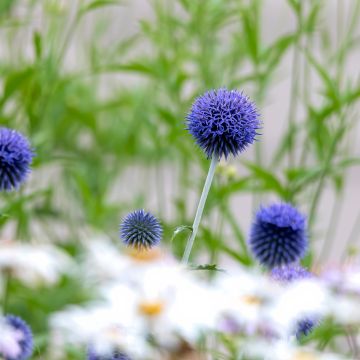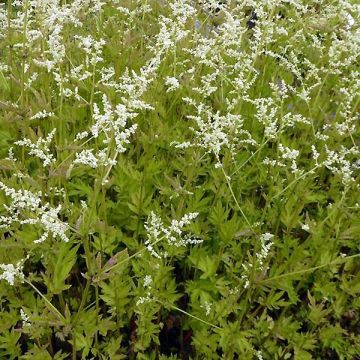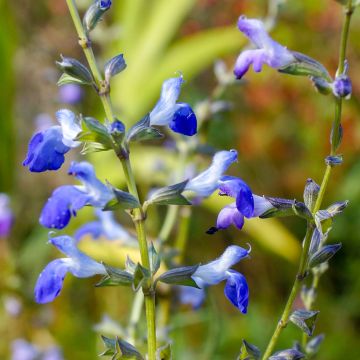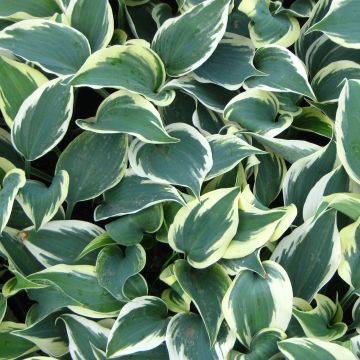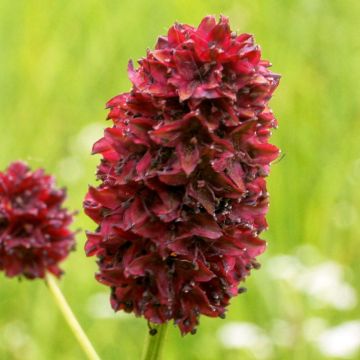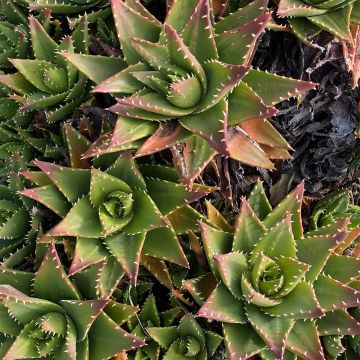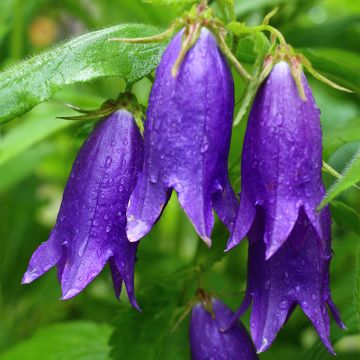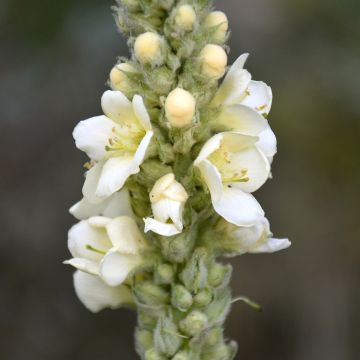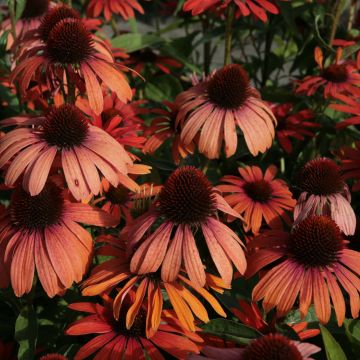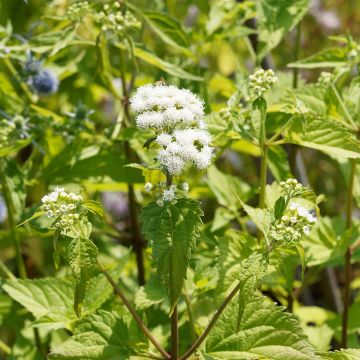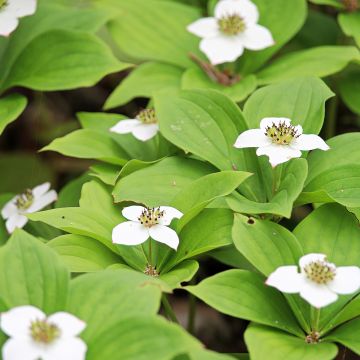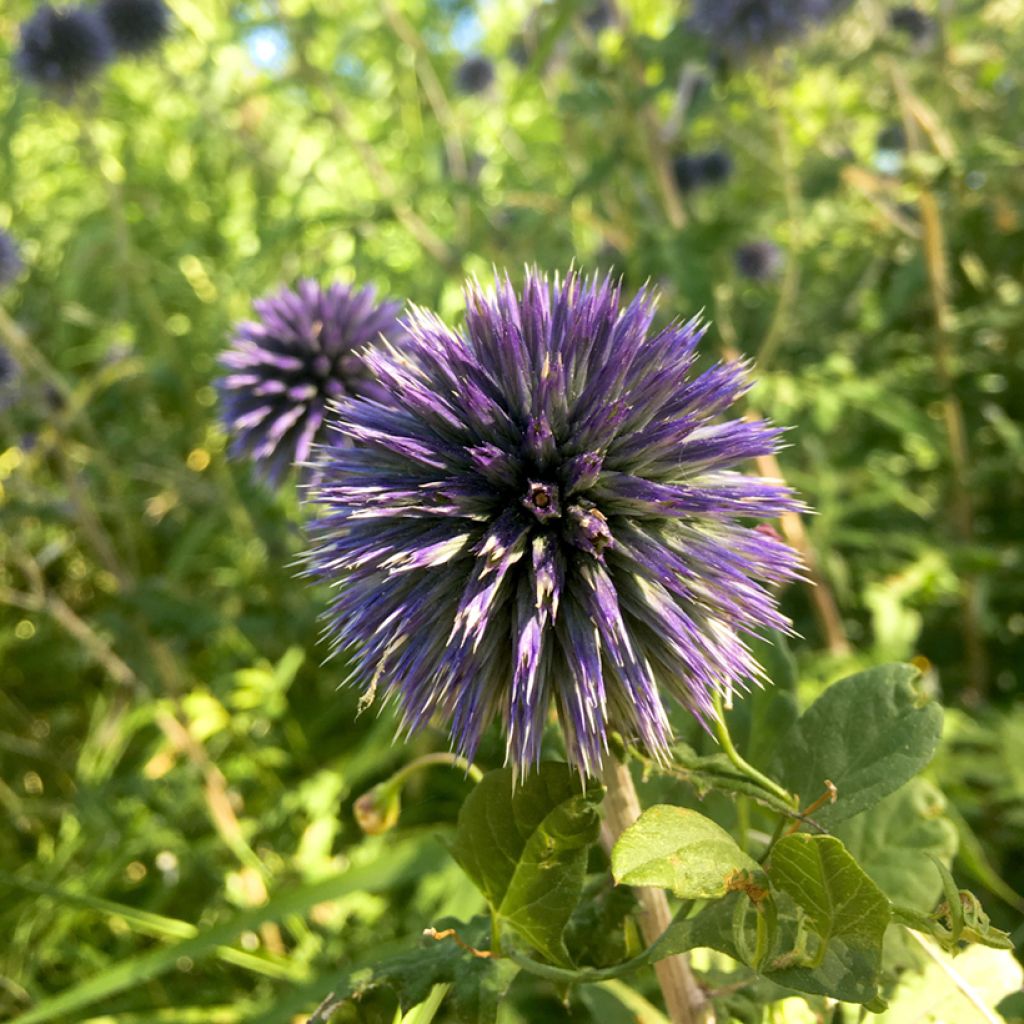

Echinops bannaticus Blue Glow - Boule azurée
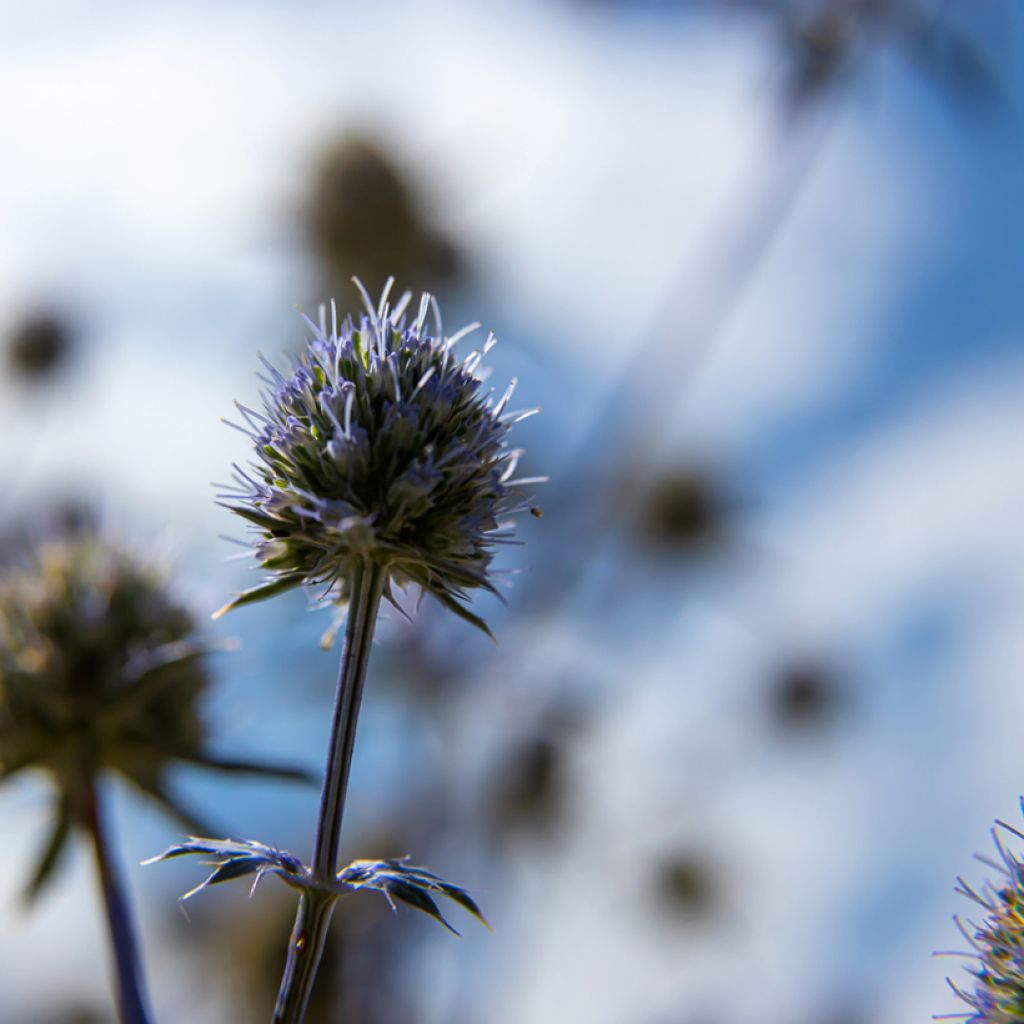

Echinops bannaticus Blue Glow - Boule azurée
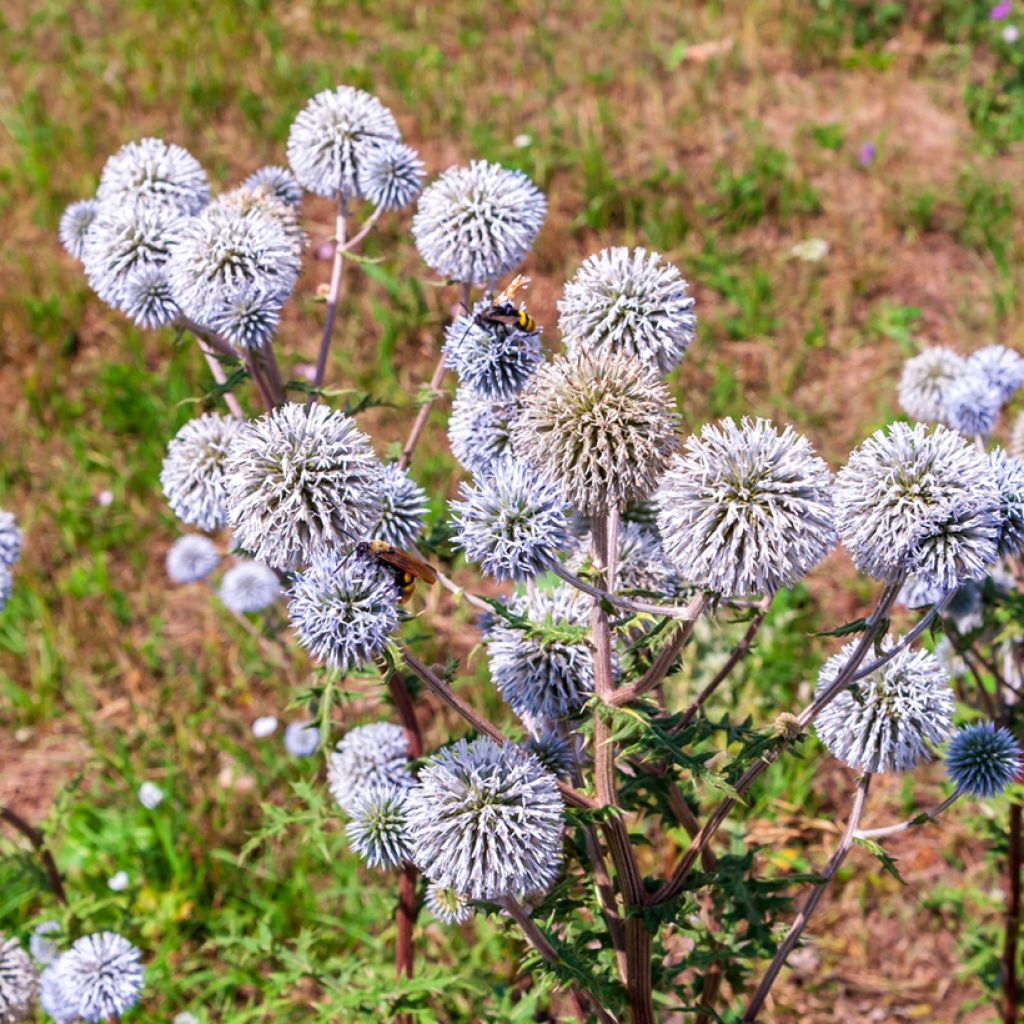

Echinops bannaticus Blue Glow - Boule azurée
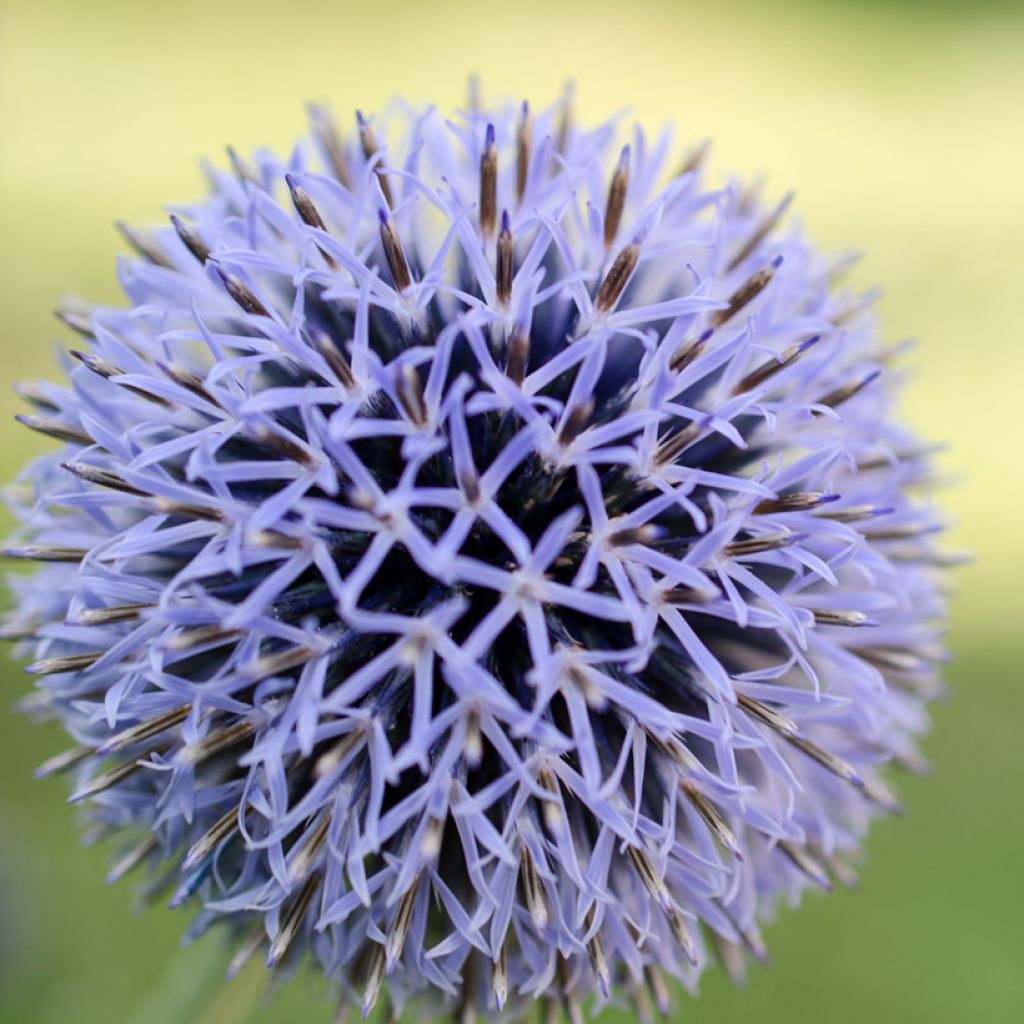

Echinops bannaticus Blue Glow - Boule azurée
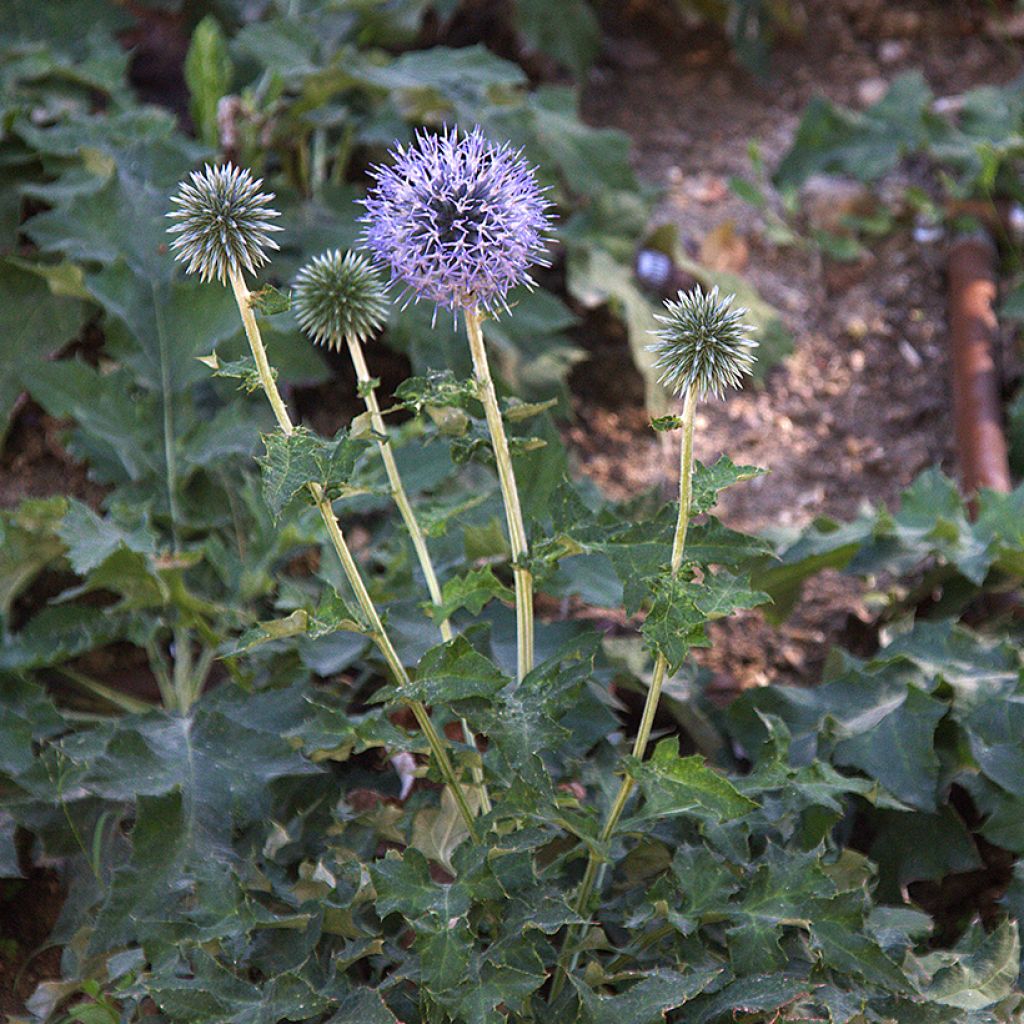

Echinops bannaticus Blue Glow - Boule azurée
Echinops bannaticus Blue Glow
Echinops bannaticus Blue Glow
Globe thistle
This item cannot be shipped to the selected country
Delivery charge from €5.90
More information
Schedule delivery date,
and select date in basket
This plant carries a 12 months recovery warranty
More information
We guarantee the quality of our plants for a full growing cycle, and will replace at our expense any plant that fails to recover under normal climatic and planting conditions.
From €5.90 for pickup delivery and €6.90 for home delivery
Express home delivery from €8.90.
Does this plant fit my garden?
Set up your Plantfit profile →
Description
Echinops bannaticus Blue Glow is a variety of Globe Thistle that stands out with its architectural habit, equally at home in contemporary borders as well as wild settings. Against deeply cut grey foliage, spherical inflorescences of magnetic and intense blue appear in summer. This variety has hairy and spiny leaves that are not prickly. It is an indestructible perennial plant, very hardy, and a godsend for rockeries and difficult slopes. It brings a touch of natural beauty to the garden and feeds bees. Its flowers are also beautiful in fresh or dried bouquets.
Belonging to the large Asteraceae family, Echinops bannaticus grows naturally in Southeast and Central Europe, particularly in the Banat region, currently divided between Romania, Serbia, and Hungary. It is hardy, thrives in the sun, appreciates heat, and tolerates dry, even rocky and limestone soils. This undemanding "thistle" can self-seed spontaneously. It is therefore an ally for wild gardens, dry gardens, and lovers of wildflowers. Echinops bannaticus Blue Glow is a perennial herbaceous plant that develops channelled and branching stems that can reach 1 m (3ft) in height with a spread of 60 cm (24in), depending on soil fertility. They bear narrow, dark green leaves tending towards grey-blue, with a tough appearance. Their leaves are deeply cut, the edges are spiny, and the underside is a hairy, silver-grey. At the top of the branches, many small 4 cm (2in) diameter flower heads are placed. These are perfectly cylindrical and worth observing closely to see their subtlety and delicacy. Initially bluish-green, the inflorescences appear to be composed of multiple spikes at the beginning of flowering. Each spike is actually a bract that protects a tiny flower. These silver bracts release tiny tubular star-shaped flowers in intense steel blue and grey-blue Packed closely together, the inflorescences form a cloud of small spheres that bring lightness to the borders.
Globe Thistle is hardy and vigorous and loves sunny and warm situations, it thrives in rocky or sandy, well-drained soils. The uniqueness of its flowers adds a touch of blue to the border allowing for beautiful colour and shape contrasts. Echinops bannaticus Blue Glow finds a place in sunny borders or dry gardens alongside Mugworts, Sedums, Gauras, and yarrows, Pennisetums, and Stipas, or with yellow flowers of Rudbeckias.
The name of the genus comes from the Greek ekhinos (hedgehog) and opsis (resembling), referring to the small mammal with spiky and prickly hair, a useful companion in our gardens.
Report an error about the product description
Echinops bannaticus Blue Glow in pictures
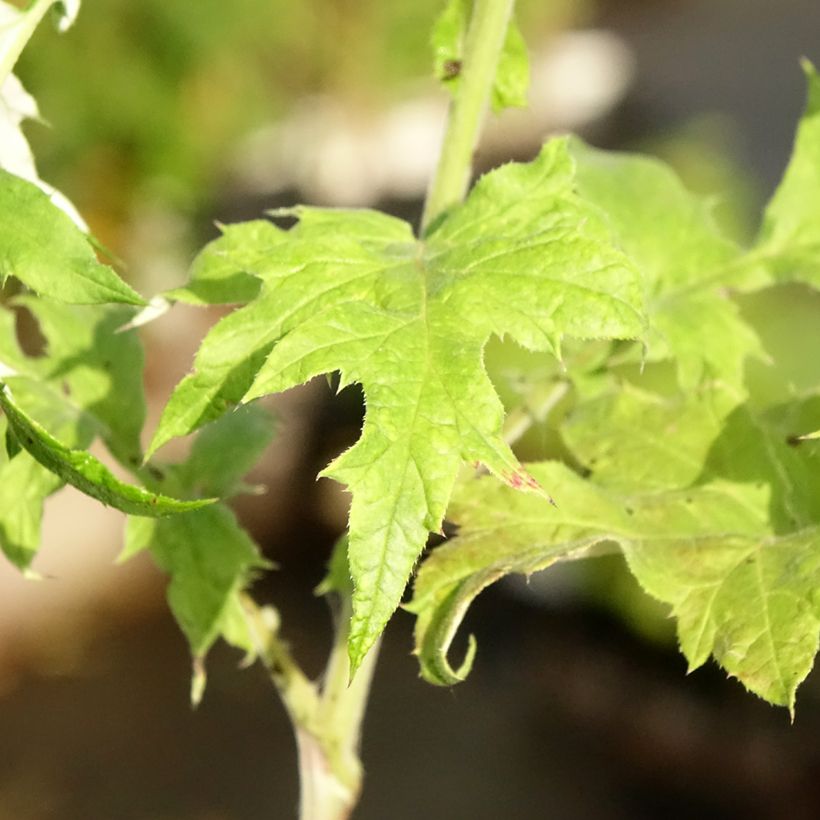

Flowering
Foliage
Plant habit
Botanical data
Echinops
bannaticus
Blue Glow
Asteraceae
Globe thistle
Cultivar or hybrid
Other Echinops - Globe Thistle
Planting and care
Echinops like warm and sunny situations and well-drained rocky or sandy soils, but can tolerate slightly moist soils. Once well-established and rooted, these young plants tolerate summer drought well.
Planting period
Intended location
Care
This item has not been reviewed yet - be the first to leave a review about it.
Summer flowering perennials
Haven't found what you were looking for?
Hardiness is the lowest winter temperature a plant can endure without suffering serious damage or even dying. However, hardiness is affected by location (a sheltered area, such as a patio), protection (winter cover) and soil type (hardiness is improved by well-drained soil).

Photo Sharing Terms & Conditions
In order to encourage gardeners to interact and share their experiences, Promesse de fleurs offers various media enabling content to be uploaded onto its Site - in particular via the ‘Photo sharing’ module.
The User agrees to refrain from:
- Posting any content that is illegal, prejudicial, insulting, racist, inciteful to hatred, revisionist, contrary to public decency, that infringes on privacy or on the privacy rights of third parties, in particular the publicity rights of persons and goods, intellectual property rights, or the right to privacy.
- Submitting content on behalf of a third party;
- Impersonate the identity of a third party and/or publish any personal information about a third party;
In general, the User undertakes to refrain from any unethical behaviour.
All Content (in particular text, comments, files, images, photos, videos, creative works, etc.), which may be subject to property or intellectual property rights, image or other private rights, shall remain the property of the User, subject to the limited rights granted by the terms of the licence granted by Promesse de fleurs as stated below. Users are at liberty to publish or not to publish such Content on the Site, notably via the ‘Photo Sharing’ facility, and accept that this Content shall be made public and freely accessible, notably on the Internet.
Users further acknowledge, undertake to have ,and guarantee that they hold all necessary rights and permissions to publish such material on the Site, in particular with regard to the legislation in force pertaining to any privacy, property, intellectual property, image, or contractual rights, or rights of any other nature. By publishing such Content on the Site, Users acknowledge accepting full liability as publishers of the Content within the meaning of the law, and grant Promesse de fleurs, free of charge, an inclusive, worldwide licence for the said Content for the entire duration of its publication, including all reproduction, representation, up/downloading, displaying, performing, transmission, and storage rights.
Users also grant permission for their name to be linked to the Content and accept that this link may not always be made available.
By engaging in posting material, Users consent to their Content becoming automatically accessible on the Internet, in particular on other sites and/or blogs and/or web pages of the Promesse de fleurs site, including in particular social pages and the Promesse de fleurs catalogue.
Users may secure the removal of entrusted content free of charge by issuing a simple request via our contact form.
The flowering period indicated on our website applies to countries and regions located in USDA zone 8 (France, the United Kingdom, Ireland, the Netherlands, etc.)
It will vary according to where you live:
- In zones 9 to 10 (Italy, Spain, Greece, etc.), flowering will occur about 2 to 4 weeks earlier.
- In zones 6 to 7 (Germany, Poland, Slovenia, and lower mountainous regions), flowering will be delayed by 2 to 3 weeks.
- In zone 5 (Central Europe, Scandinavia), blooming will be delayed by 3 to 5 weeks.
In temperate climates, pruning of spring-flowering shrubs (forsythia, spireas, etc.) should be done just after flowering.
Pruning of summer-flowering shrubs (Indian Lilac, Perovskia, etc.) can be done in winter or spring.
In cold regions as well as with frost-sensitive plants, avoid pruning too early when severe frosts may still occur.
The planting period indicated on our website applies to countries and regions located in USDA zone 8 (France, United Kingdom, Ireland, Netherlands).
It will vary according to where you live:
- In Mediterranean zones (Marseille, Madrid, Milan, etc.), autumn and winter are the best planting periods.
- In continental zones (Strasbourg, Munich, Vienna, etc.), delay planting by 2 to 3 weeks in spring and bring it forward by 2 to 4 weeks in autumn.
- In mountainous regions (the Alps, Pyrenees, Carpathians, etc.), it is best to plant in late spring (May-June) or late summer (August-September).
The harvesting period indicated on our website applies to countries and regions in USDA zone 8 (France, England, Ireland, the Netherlands).
In colder areas (Scandinavia, Poland, Austria...) fruit and vegetable harvests are likely to be delayed by 3-4 weeks.
In warmer areas (Italy, Spain, Greece, etc.), harvesting will probably take place earlier, depending on weather conditions.
The sowing periods indicated on our website apply to countries and regions within USDA Zone 8 (France, UK, Ireland, Netherlands).
In colder areas (Scandinavia, Poland, Austria...), delay any outdoor sowing by 3-4 weeks, or sow under glass.
In warmer climes (Italy, Spain, Greece, etc.), bring outdoor sowing forward by a few weeks.

































